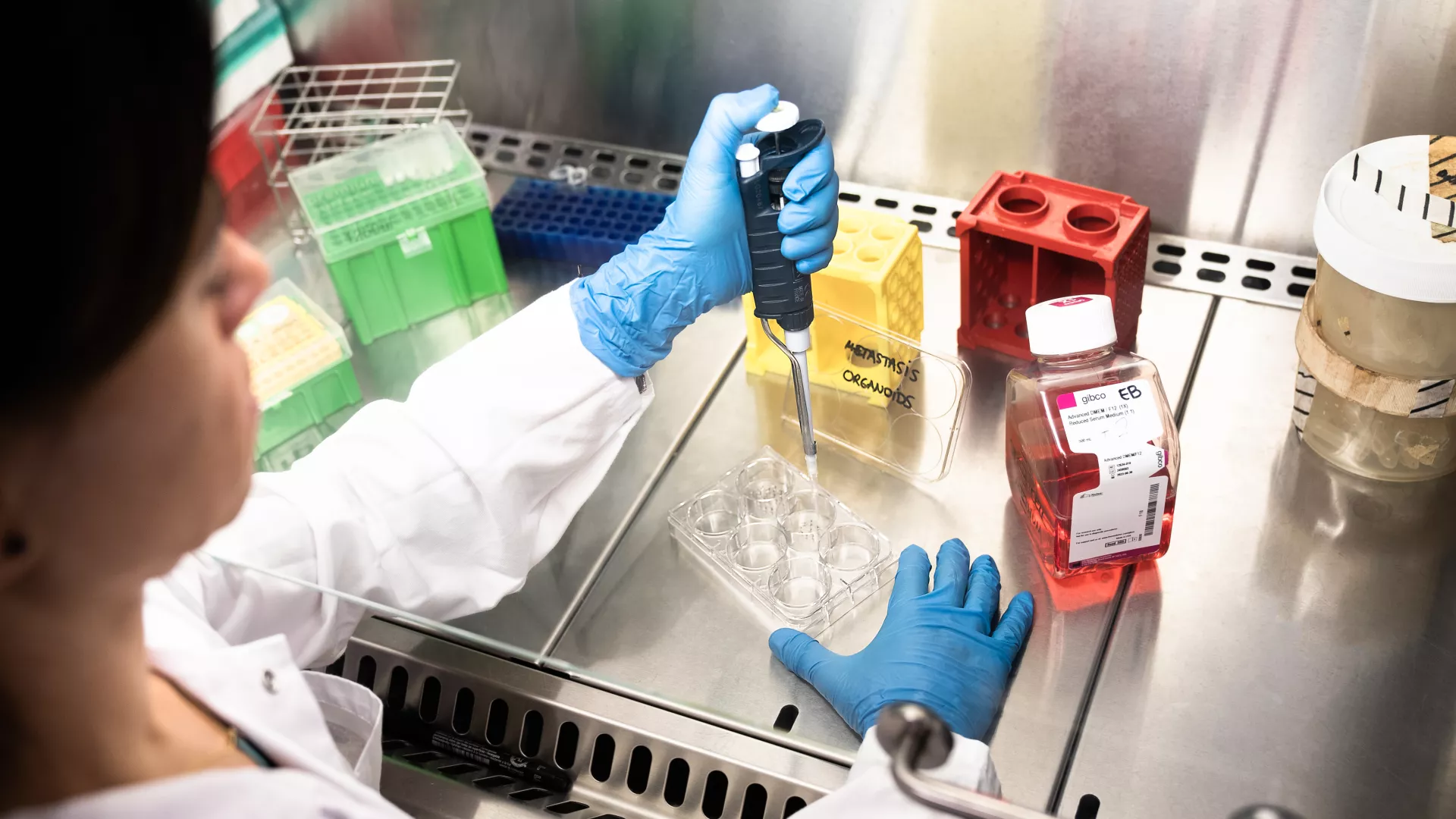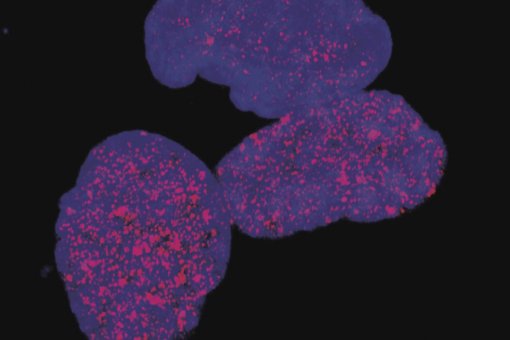Images
Participants



Contact

Researchers headed by Antonio Zorzano at IRB demonstrate that the DOR protein promotes muscle mass loss in mice.
The scientists hypothesize that the design of an inhibitor against DOR would serve to prevent and tackle muscle wasting in patients suffering from sarcopenia and cachexia.
The pathological atrophy of skeletal muscle is a serious biomedical problem for which no effective treatment is currently available. Those most affected populations are the elderly diagnosed with sarcopenia and patients with cancer, AIDS, and other infectious diseases that develop cachexia.
A study by scientists at the Institute for Research in Biomedicine (IRB), headed by Antonio Zorzano, also full professor of the University of Barcelona, reveals a potential therapeutic target to tackle muscle wasting in these risk populations.
In the study published today in the Journal of Clinical Investigation (JCI), one of the journals with highest impact in experimental medicine, the researchers associate the activity of the DOR protein with muscle atrophy and point to DOR as a plausible target against which to develop a drug to prevent muscle deterioration in certain diseases.
DOR (Diabetes- and Obesity-regulated gene), also known as TP53INP2, is a protein involved in autophagy, a quality control process that ensures cells stay healthy. The researchers have found that increased DOR expression in the muscle of diabetic mice leads to enhanced autophagy, which in turn favours the loss of muscle mass in these animals.
The advantage of developing a DOR inhibitor is that autophagy, a process necessary to keep cells healthy, would not be completely blocked in the absence of this protein. DOR is not essential for autophagy, but acts more as an accelerator. Thus, the inhibition of DOR would only partially reduce autophagy as other molecules involved would exert their activity normally, thus maintaining the levels of autophagy in a beneficial range for cells.
“If we could treat patients with sarcopenia and cachexia, or people at risk of these conditions, using a drug to inhibitor DOR then we would be able to stop or prevent muscle wasting,” explains the expert in diabetes and obesity Zorzano, head of the “Heterogenic and Polygenic Diseases” lab at IRB.
“We are showing pharmaceutical researchers a new possible therapeutic target for two diseases that seriously impair the quality of lives of those who suffer from them,” says the scientist.
An answer to why type 2 diabetic patients lose less muscle than those with type 1
The study also solves a biomedical enigma related to diabetes. Physicians did not understand why patients with type 2 diabetes—who become resistance to insulin or have very low levels of this hormone—are able to maintain muscle mass or minimize muscle wasting compared to patients with type 1 diabetes—who do not produce insulin—who show a clear loss of muscle mass. The IRB researchers demonstrate that the repression of DOR in muscle cells of type 2 diabetic animals allows the maintenance of muscle mass.
“We interpret DOR repression, which occurs naturally, as an adaptation mechanism to preserve muscle mass and to maintain greater muscular strength in type 2 diabetics,” explains David Sala, first author of the study, who has recently started a post-doctoral training period at Sanford-Burnham Medical Research Institute, in La Jolla, California.
Besides working with mice, the scientists have performed experiments on biopsies from skeletal muscle of patients with diabetes and patients resistant to insulin, thanks to collaboration with clinicians from the Université Lyon 1, in France, and from the Medical University of Byalistok, Poland, also included among the authors.
The project developed in Dr. Zorzano’s lab at IRB has been funded by the Centro de Investigación Biomédica en Red de Diabetes y Enfermedades Metabólicas (CIBERDEM), the Spanish Ministry of Economy and Knowledge, and the European project DIOMED, part of the Interreg-SUDOE programme.
Reference article:
Autophagy-regulating TP53INP2 mediates muscle wasting and is repressed in diabetes
David Sala, Saška Ivanova, Natàlia Plana, Vicent Ribas,Jordi Duran, Daniel Bach, Saadet Turkseven, Martine Laville, Hubert Vidal, Monika Karczewska-Kupczewska, Irina Kowalska, Marek Straczkowski, Xavier Testar, Manuel Palacín, Marco Sandri, Antonio L. Serrano, Antonio Zorzano
Journal of Clinical Investigation (2014) doi: 10.1172/JCI72327
About IRB Barcelona
The Institute for Research in Biomedicine (IRB Barcelona) pursues a society free of disease. To this end, it conducts multidisciplinary research of excellence to cure cancer and other diseases linked to ageing. It establishes technology transfer agreements with the pharmaceutical industry and major hospitals to bring research results closer to society, and organises a range of science outreach activities to engage the public in an open dialogue. IRB Barcelona is an international centre that hosts 400 researchers and more than 30 nationalities. Recognised as a Severo Ochoa Centre of Excellence since 2011, IRB Barcelona is a CERCA centre and member of the Barcelona Institute of Science and Technology (BIST).






